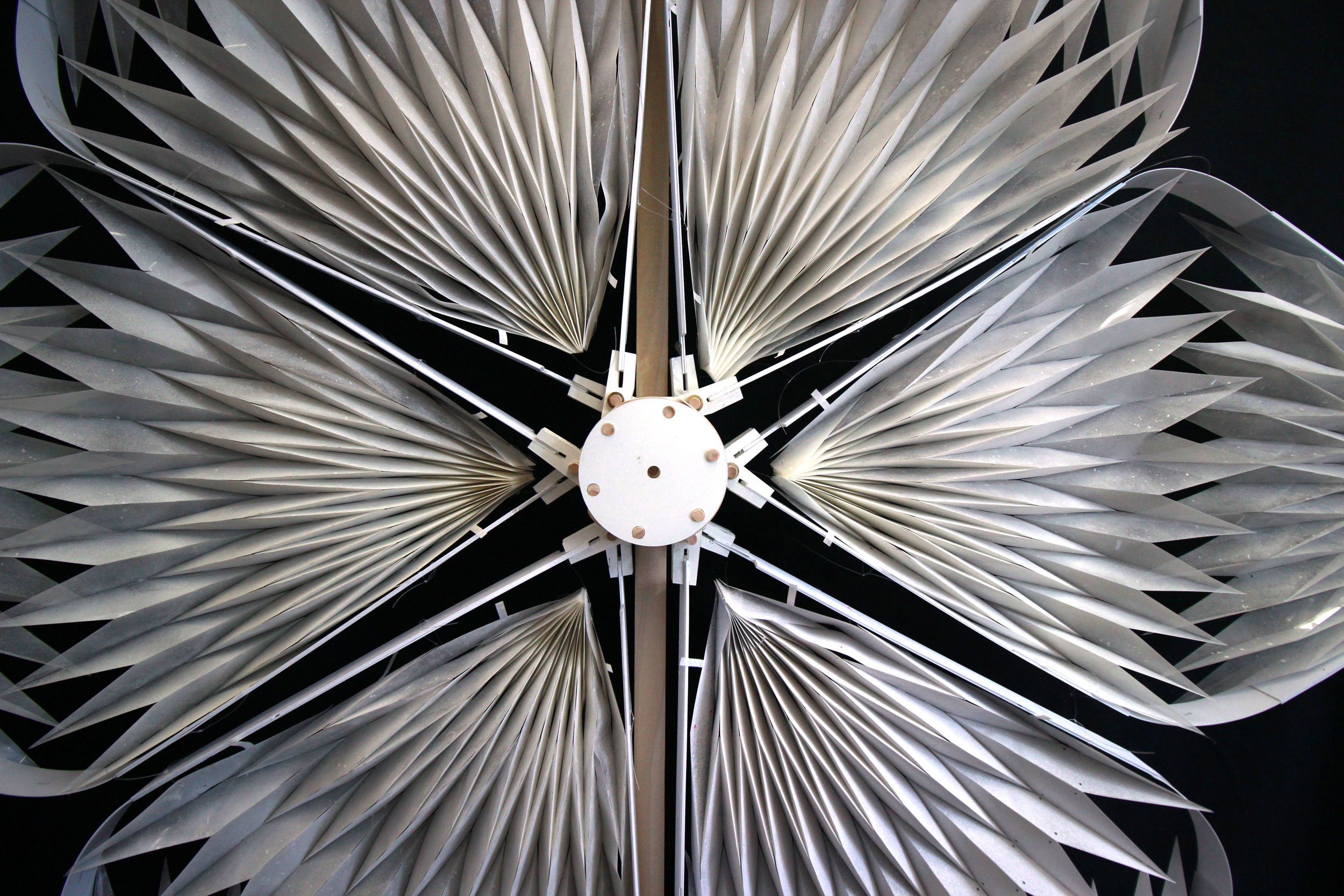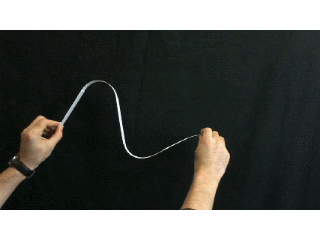(in progress)


Snapping Facade explores a sustainable building envelope design strategy that utilizes elastic instability to create dynamic motion at the building envelope.
Screenshot from Google Art and Culture
Dongsik Kim Seonjajang (intangible cultural asset)
The building envelope controls heat gain and loss, allows views for visual comfort, and provides natural light. Advances in the high performance glass industry have made the use of glass ubiquitous. The reflection and refraction of glass represents the dynamic, bustling activities of our cities while diverse lifestyles and programmatic functions are expressed through the façade of our buildings. However, in the United States, buildings account for 41% of energy use and 38% of CO2 emissions. The increasing need for high performance buildings and advancements in manufacturing industries have facilitated the design of dynamic building envelopes to replace traditional, uninspiring shading controls. Built dynamic façade systems such as Abu-Dhabi Investment Council Headquarters by AHR Architects, dynamic roof shading at Aldar Central Market by Foster + Partners, Hoberman Associates and Adaptive Building Initiative and Kiefer Technic Showroom by Giselbrecht+Partner are based on mechanical actuators which need additional energy consumption to operate and require complex maintenance.
Advances in material science and engineering have also contributed to the mission of smarter building envelope. For instance, electrochromic glass uses voltage to change light transmission property. Other Smart glass such as Suspended Particle Devices can provide the similar function and form-changing polymer sheet can be installed in the glazing units. Compared to the mechanical dynamic shading, these glass systems can efficiently provide substantial energy saving with low cost, however the façade design becomes independent gears added to the irrelevant building design.
Snapping Facade suggests an alternative approach for the design of dynamic facade systems that use a “snapping-induced motion” to open and close apertures, providing shading for the building. The prototype explores using weakening-induced bands tied within the elastic threshold which, produce “snap” deformation with minimal stimulus. Traditionally, unstable movement within the building construction is considered as an undesirable occurrence but, the Snapping Facade aims to harness the characteristics of elastic instability by applying it as an opening and closing mechanism using the embedded energy within the materials. Without complicated maintenance, users can participate in the dynamic movement of the building envelope for play, fun, and energy saving.
This elastic instability is already utilized in kids’ products such as Rubber ball poppers and Snap Bracelets. Foldable car window shades also use the property of snapping. As for building, the snapping bands will be explored with patterned metals, plastics, and/or wood veneers. The engineering of intentionally applied weakening building components will be also tested. The membrane between the bands need be tested through metal origami, fabric, and other hybrid methods to find optimal folding mechanism.













Operation Video
https://lakareacts.com/winners/1st-prize-snapping-facade/
Supported by UB SMART CoE, LAKA, and New York State Council on the Arts (NYSCA) Independent Projects Grant (with The Architectural League of New York)
Team:
Jin Young Song (Architect and Assistant Professor, Department of Architecture, University at Buffalo, State University of New York)
Jongmin Shim (Assistant Professor, Department of Civil, Structural and Environmental Engineering, University at Buffalo, State University of New York)
William Baptiste
Jing Jiang
Hakcheol Seo
Andrew Koudlai